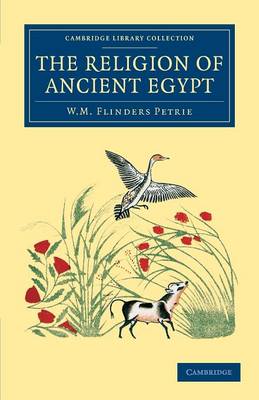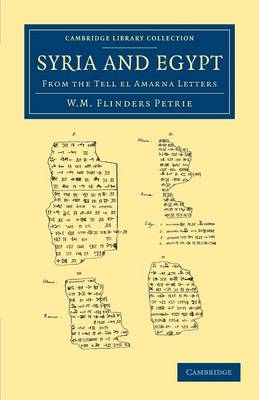Cambridge Library Collection - Egyptology
3 primary works • 8 total works
Volume 1
Volume 2
Volume 3
The Flinders Petrie Papyri: Volume 3
by John Pentland Mahaffy and J.G. Smyly
The Flinders Petrie Papyri 3 Volume Set
by John Pentland Mahaffy and J.G. Smyly
A History of Egypt 6 Volume Set
by Sir William Matthew Flinders Petrie, John Pentland Mahaffy, Joseph Grafton Milne, and Stanley Lane-Poole


